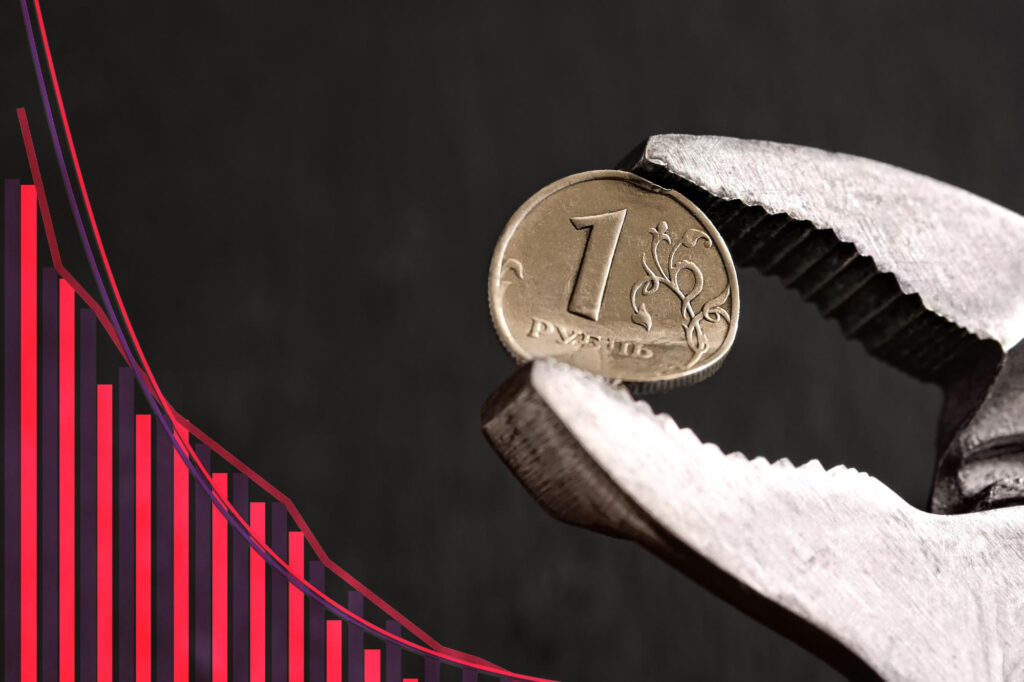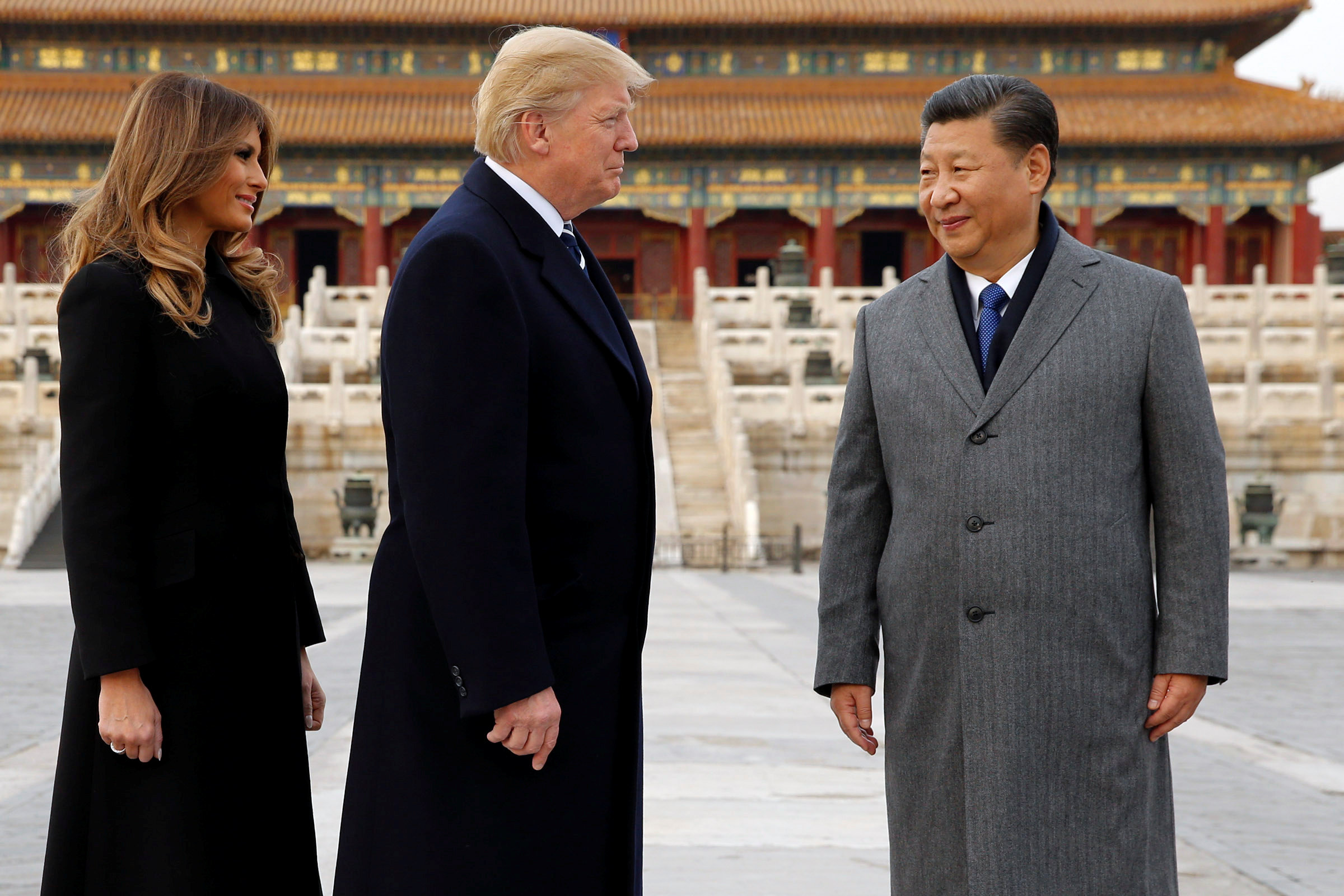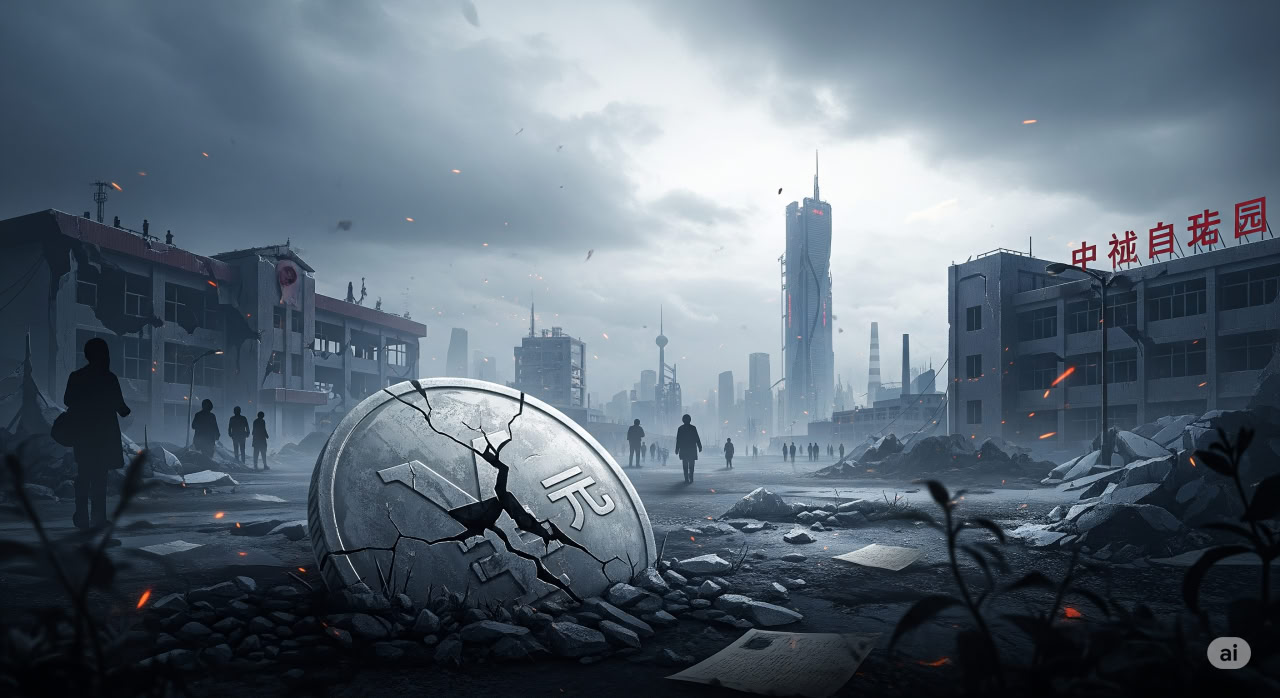Picture this for a sec: your country’s locked in a war that’s swallowing up your entire western border, sucking in hundreds of thousands of soldiers. To get them to the front lines, you’re shelling out record-breaking salaries—way more than they’d ever see in a regular job—plus hefty recruitment bonuses and death benefits that could set their families up for life if they don’t make it back. And that’s just the start. The folks back home churning out tanks and gear? They’re demanding sky-high wages too, thanks to a labor shortage so dire they can practically name their price. Your government’s footing the bill, either through sneaky low-interest loans to companies or straight-up cash handouts. Meanwhile, your revenue’s tanking—fewer people want your stuff, and those who do are haggling for dirt-cheap deals. Expenses skyrocket, income plummets, and yet your leaders grin and swear the economy’s booming. Sound like a nightmare? Well, it’s Russia’s reality right now, crumbling under the weight of their war with Ukraine.
You don’t need a PhD in economics to get the gist here. If you lose your job and start splashing cash on a new house, car, boat, and nightly dinners out, bankruptcy’s looming—fast. Same deal for a country. Sure, Russia can print more rubles to dodge the bullet for a while, devaluing their money and quietly raiding people’s savings through inflation. Or they can dip into that hefty pre-war savings account—hundreds of billions, now maybe down to 10-15%—to fake prosperity. But every day they stretch this charade, the crash gets uglier. I mean, come on, even Putin’s economic minister let slip the “R-word”—recession—warning of catastrophe if they don’t get a grip. Putin, of course, is fuming, desperate to save face and his own skin, but the shift in his tune since before the war says it all. Back then, a measly 4% drop in real incomes had him scrambling to look competent. Now? He’s brushing off a full-blown crisis to keep the war machine humming.
The cracks are showing, and not just from common sense. Take Russia’s biggest bank, which usually backs 60% of new investment projects. Last year? Zero. Nada. Steel consumption’s tanking too, yet Putin’s out there claiming GDP growth. In real terms? Impossible. Without new projects or construction materials moving, it’s a house of cards. And that’s just the tip of the iceberg. Russia’s labor shortage—already a headache—has workers flocking to the defense sector for fat paychecks, gutting regular businesses. Post-war, when those jobs vanish, a massive unemployment crisis looms. Then there’s Dutch disease, where oil and gas propped up the economy for decades, just like it did for the Soviet Union before it collapsed when prices dropped. Now, with Europe buying less and China dragging its feet on pipelines, Russia’s leaning on defense cash and printed money for an artificial high. But that’s a bubble waiting to pop.
Brain drain’s another kicker—talented folks are fleeing to stabler countries, leaving Russia unable to rebuild fast. Banking’s a mess too, with forced loans to defense contractors at lousy rates—loans that’ll likely never be repaid when those firms fold after the war. Banks are overleveraged, risking runs if people catch on. And don’t get me started on inflation—officially near 10%, but with interest rates hovering around 20%, it’s crippling. Here in the U.S., a jump from 3-12% to 7% mortgages doubled costs. Imagine 7% to 20%—credit’s a pipe dream for Russians, killing economic activity while their savings erode. It’s a perfect storm.
All this was avoidable. Before the invasion, Russia was gaining ground—pipelines to Europe, cozying up to China, a respected player with growth potential. But they threw it away for a war that’s trashed trade and left them with a veneer of prosperity built on sand. It’s like they had a fertile field to work but chose to raid their neighbor’s instead—now they’re reaping the weeds. There’s a moral here, not just for geopolitics but for us personally: shortcuts rarely pay off.



